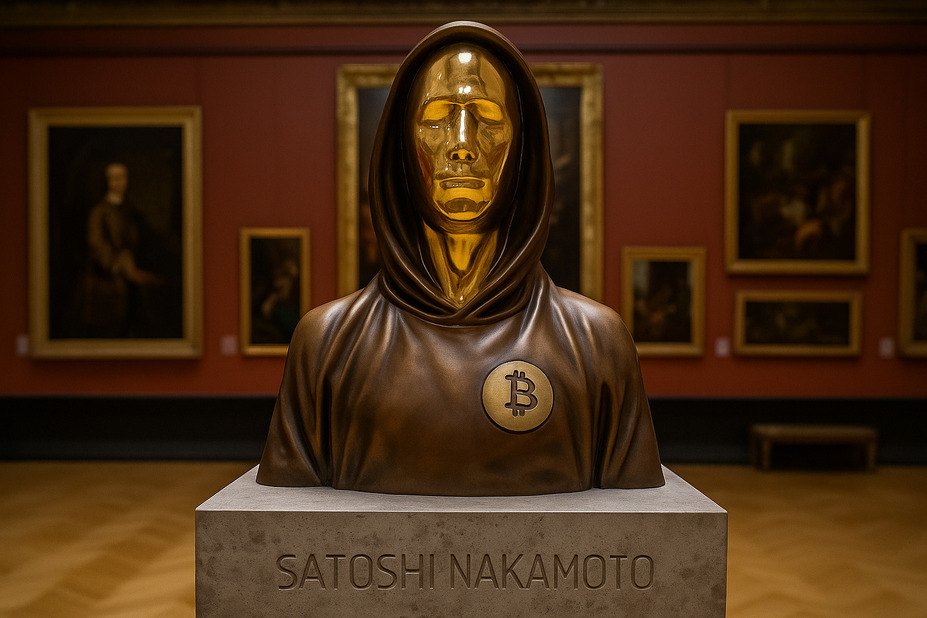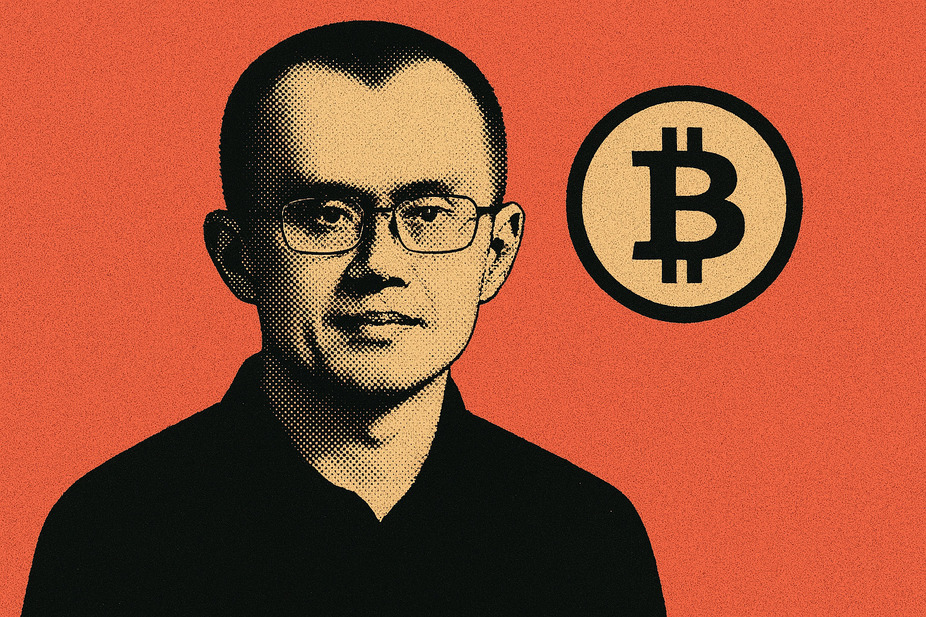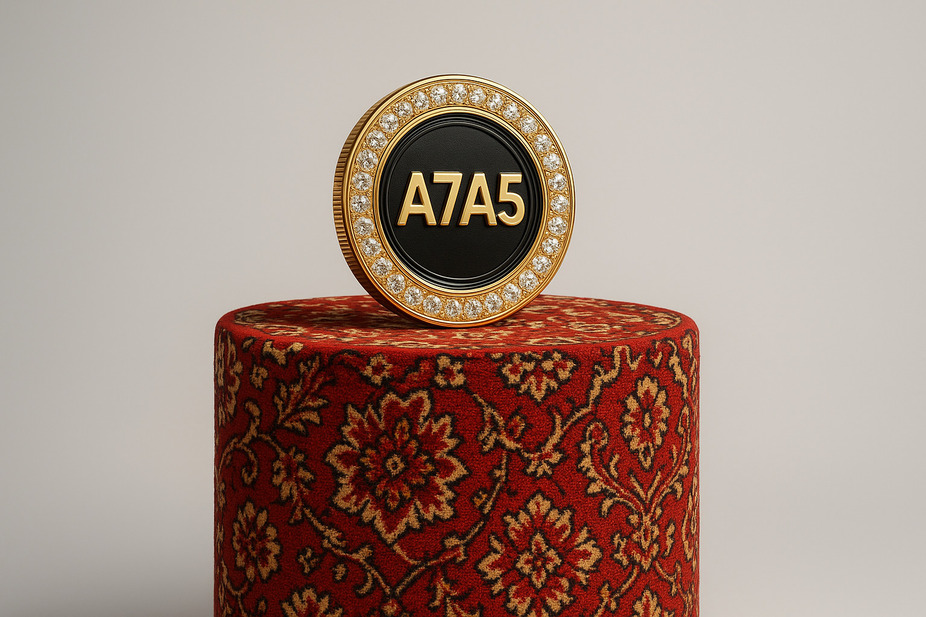The digital transformation: how blockchain is revolutionizing museums

What do people think about when considering a visit to a museum? Some find it to be an incredibly enriching and moving experience. For others, it has always been a less appealing activity, perhaps even a chore from childhood. That’s why any innovation in the museum industry that helps more people appreciate art is a welcome development.
Blockchain technology, often associated with cryptocurrencies, finance, and tech, is now making waves in various industries, including museums. Traditionally seen as bastions of history and culture, museums are beginning to embrace this cutting-edge technology to revolutionize their operations and visitor experiences. This transformative journey is not only about enhancing digital engagement but also about fostering sustainability and climate-conscious practices.
Museums, while crucial for cultural preservation and education, have significant environmental impacts.
Key areas include:
- Energy consumption: Museums require substantial energy for lighting, climate control, and maintaining artifacts.
- Carbon footprint: Large-scale exhibitions and international loans increase travel and transportation emissions.
- Resource use: Construction, maintenance, and exhibit materials can be resource-intensive.
- Waste generation: Exhibitions and events generate waste, from promotional materials to single-use items.
By adopting blockchain, museums can significantly enhance the transparency, security, and inclusivity of their operations.
Blockchain technology can impact how museums operate, collect, and interact with their visitors in multiple ways. One of the first use cases is in the transparency and security of art transactions, ensuring the integrity of collections and mitigating the risk of forgeries. What has been observed are examples of on-site audience engagement, with features like live minting enabling visitors to witness the creation of digital assets in real-time. Museums can also offer digital souvenirs or collectibles tokenized on the blockchain, allowing visitors to take home a piece of the experience in a unique and decentralized format. An aspect that is still quite unexplored is on-chain participation mechanisms such as voting or decision-making through blockchain-based platforms, or DAOs. They enable visitors to actively contribute to curatorial decisions or exhibit planning, fostering a sense of ownership and community involvement.
Various projects utilizing blockchain technology have shown how visitor engagement and experience can be elevated. For example, visitors engaged with an AI-powered portrait generator, witnessing their image transformed into a unique NFT minted on a blockchain. Another project invited visitors to participate in an immersive experience where they received a wristband linked to the creation of a personalized NFT on a blockchain. This initiative pushed the boundaries of visitor engagement, intertwining individual identities with the artwork itself, offering a profound and lasting connection.
Another museum embraced blockchain technology to enhance audience engagement through a special exhibition. The museum introduced digital souvenirs in the form of NFTs, providing visitors with a modern twist on traditional keepsakes. These tokens not only serve as mementos of the exhibition but also offer tangible benefits such as discounts and exclusive access to future projects, transforming the museum experience into an interactive and rewarding journey.
Another example merges video gaming with art exhibition, inviting players to explore a narrative. This multi-layered experience allows participants to mint NFTs capturing their unique interactions, contributing to a digital archive that extends the exhibition’s life beyond physical boundaries. These initiatives highlight the power of blockchain to engage audiences in meaningful and enduring ways, enriching the museum experience and fostering deeper connections between art and individuals.
Blockchain presents significant opportunities for smaller museums with limited resources. With its low transaction fees, museums can easily implement initiatives such as digital souvenirs in their museum shops to generate revenue or offer proof of attendance to engage visitors. Additionally, web3 artists are exploring museum collections to revisit iconic artifacts and produce new artwork, making them accessible to a broad new audience. While taking the first step may seem daunting, ongoing support and guidance are available to help museums navigate and leverage blockchain technology effectively.
To embark on their journey towards integrating blockchain technology and fostering climate consciousness, museums can begin by educating themselves and their stakeholders about the environmental impact of different blockchain protocols, particularly distinguishing between proof of work and proof of stake mechanisms. Opting for energy-efficient blockchains or platforms committed to climate neutrality aligns with museums’ sustainability objectives. Moreover, by leveraging blockchain automated mechanisms and engagement potential, museums can empower visitors to actively participate in exhibitions, collect artworks, and contribute to fundraising campaigns at the same time. Incorporating NGOs as permanent beneficiaries of artwork sales ensures ongoing support for climate initiatives, while blockchain’s decentralized nature enables a global community to collaborate on art projects addressing climate and social justice issues. Also, it is worth noting that a great number of artists advocating for social and environmental justice are using blockchain tech to share their art broadly.
In conclusion, the integration of blockchain technology in museums is ushering in a new era of innovation, sustainability, and visitor engagement.
From fractional ownership and tokenization of artworks to immersive and interactive visitor experiences, blockchain offers diverse and transformative possibilities. Ultimately, blockchain’s potential to democratize access to art, foster community involvement, and support climate-conscious practices aligns perfectly with the mission of museums to educate, inspire, and connect. As museums continue to explore and implement these innovative solutions, they pave the way for a more vibrant, inclusive, and sustainable cultural landscape.












